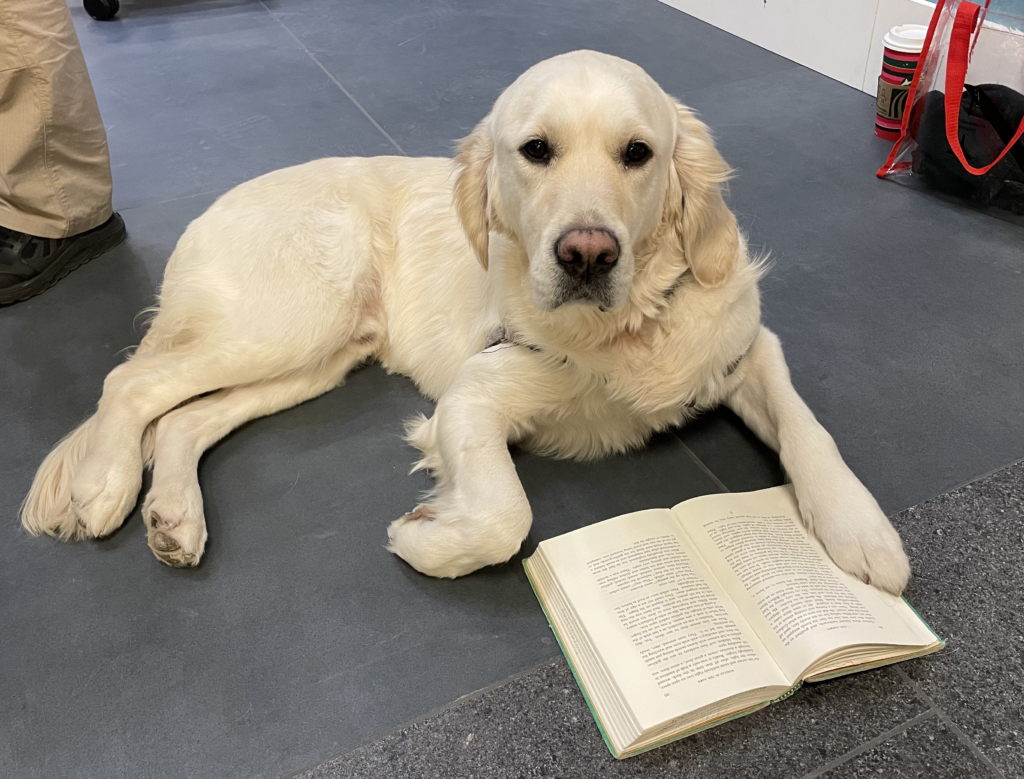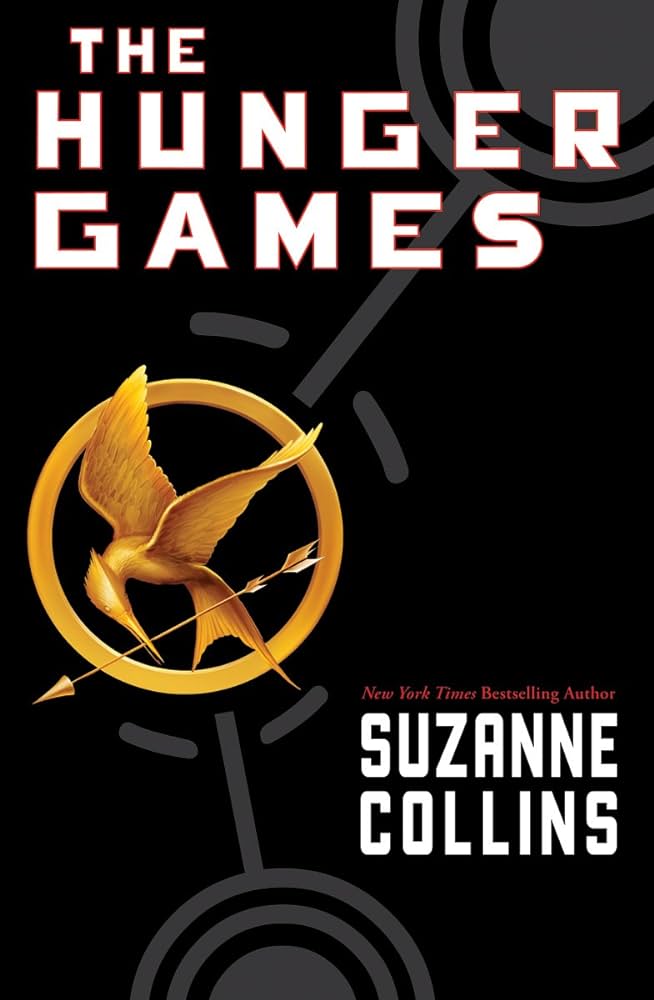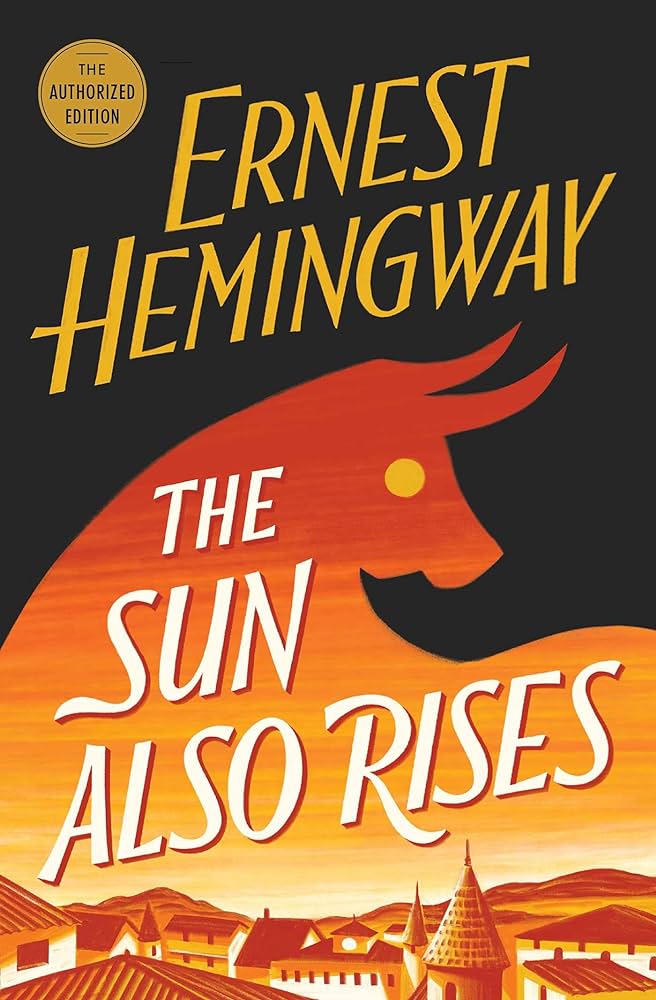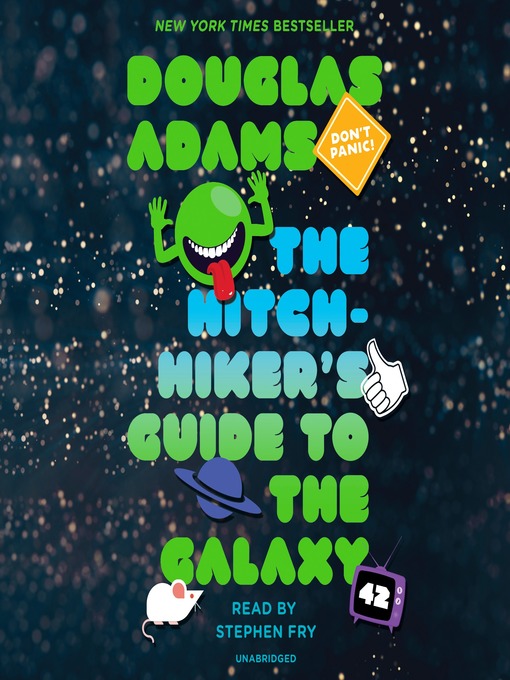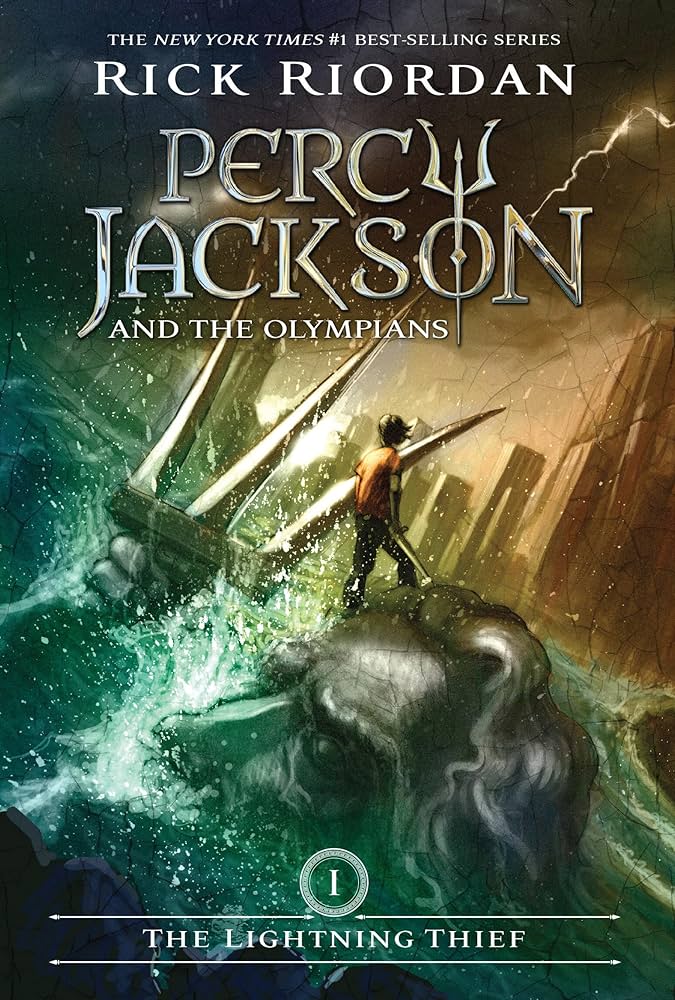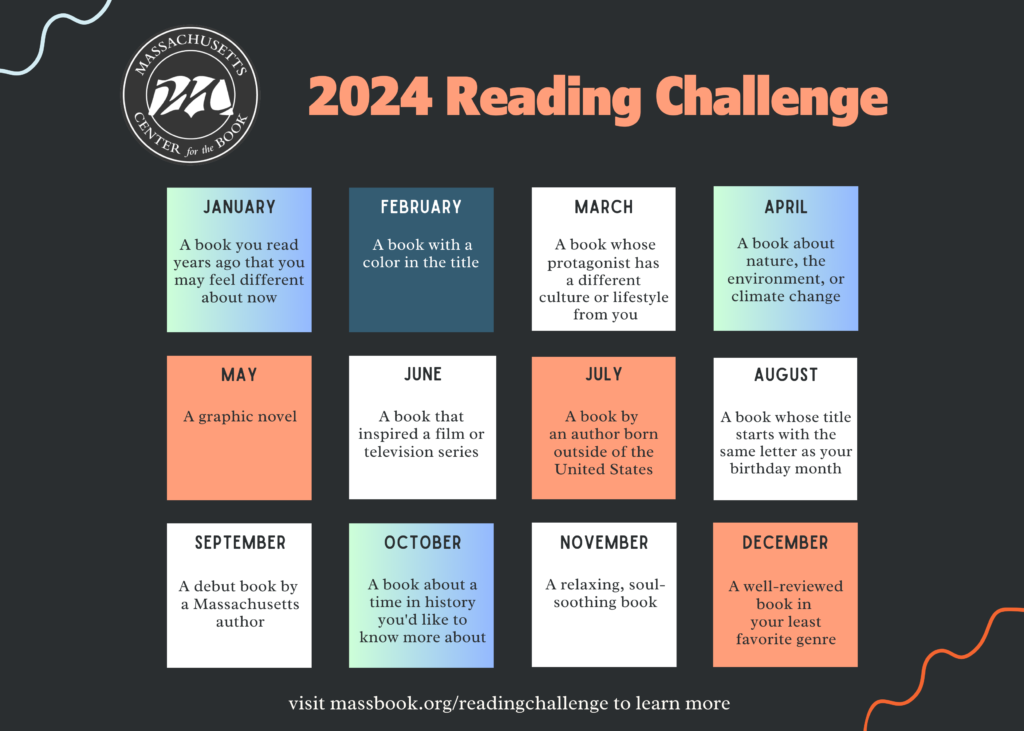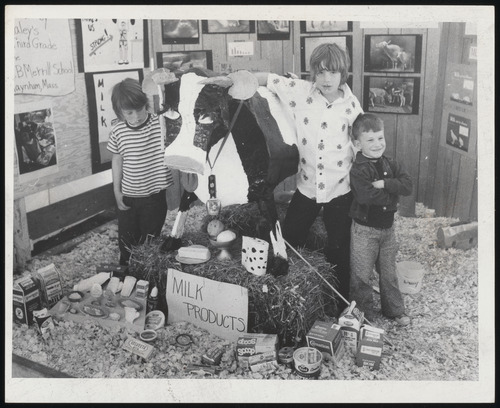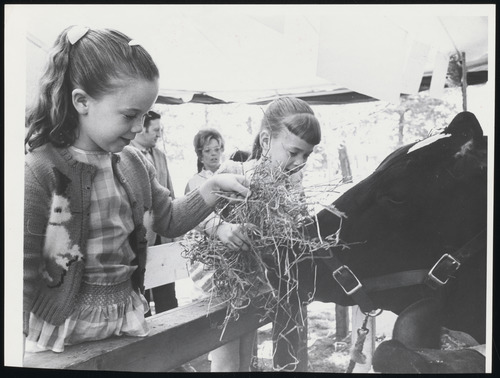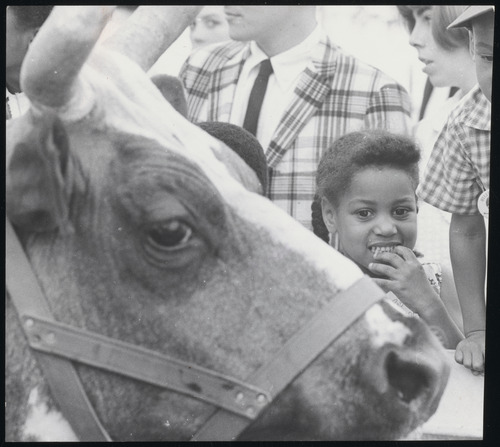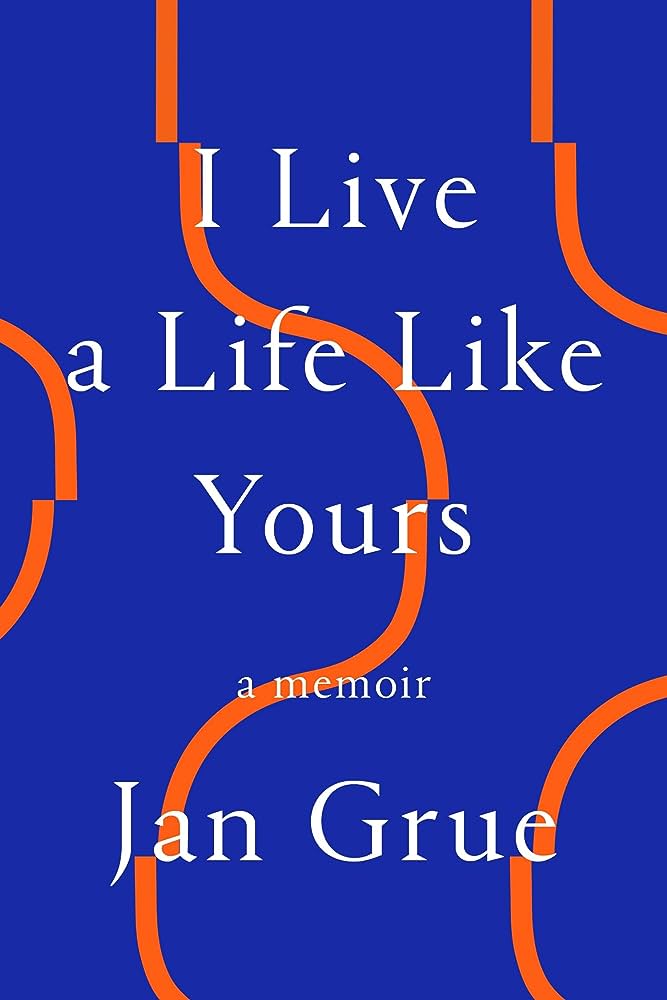2024 Reading Challenge Update: January Winner and What You Read This Month!
In case you haven’t heard, the Northeastern University Library is an official partner for the 2024 Reading Challenge hosted by the Massachusetts Center for the Book (MCB). We launched the challenge in January with a table in the Snell Library lobby featuring stickers, bookmarks, books to browse, and even a surprise cameo from Cooper, Northeastern’s community resource dog and noted bookworm!
Congratulations to Alex Kane, who won the January prize drawing and has been awarded a digital gift card to Bookshop.org! And a huge thank you to everyone who read a book and told us about it. You still have eleven more chances to win, so keep reading!
What You Read This Month
January’s theme was “a book you read years ago that you may feel differently about now,” and we had so much fun hearing from students, faculty, and staff about their re-reading adventures. Did that childhood fave live up to the memories? Is that classic still a classic? Was that high school snoozer better the second time around? Here are just a few of the books you read this month, and what you thought about them!
“I’m really enjoying re-reading all the Hunger Games books ever since I saw the new movie (The Ballad of Songbirds and Snakes) that came out. I’m about halfway through Mockingjay right now and all 3 books are truly so captivating and well written. There’s never a dull moment.” — Kylie
I read [The Hunger Games] in middle school, so reading the first book again in college, I was able to see it in a very different light. Suzanne Collins wrote a series that is a great commentary on today’s society towards human inequality and consumerism as well.” — Amy
“I don’t read YA anymore, but I love reading sci-fi and speculative fiction, so The Hunger Games still fits in with somethingI would read/enjoy today. I can happily say I think it still holds up! I loved all the foreshadowing Suzanne Collins includes in this book, revisiting the story, and seeing how much I remembered.” — Emily
“I hated [The Sun Also Rises] when I first read it in high school a few years ago. I hated the pace and didn’t find it to be stimulating or enjoyable to read at all. My second reading made me realize there was a beauty in the mundaneness this book is representing. I feel more connected to the novel knowing that many of the characters and plot points are inspired by Hemingway’s own experiences! I found much more value in my second reading than my initial one!” — Meg
The Hitchhiker’s Guide to the Galaxy is “still great! 👏” — Michal
“I first read [The Perks of Being a Wallflower] when I was in grade 7. It is a coming-of-age young fiction novel which I really resonated with back then and still do. I found the protagonist’s lifestyle and mindset very similar to my own and have read this book more than 30 times. I feel that when I read it now, I can much better understand the motivations and behaviors of the protagonist rather than just feeling them. It all makes much more sense now. I feel the emotional parts of the book more heavily as well now.” — Anish
“When i was reading [Percy Jackson and the Olympians] at the age of 12, all the things Percy did in the book were very cool. Now that I’m older than that, I think he’s way too young to do any of the things he did!” — Ross
“When I was younger, I was obsessed with [the Percy Jackson and the Olympians] series, reading it now as an adult is a really weird experience. I still like the books very much but it feels harder to relate to the characters. It was a really nice experience to re-read this book as I felt like I haven’t read something so fun and full of myth in a while.”— Arianna
“It was great to re-read a book I haven’t read since I was in grade school. Getting to read [Percy Jackson and the Olympians] again as an adult meant I was able to pick up on new things, and it was nice to have a simple and easy read for after work. Reading books that I’ve read as a child gives me a new perspective, and also makes me proud of how far I’ve come in my reading journey from a young child to a young adult. While I didn’t think differently about the story itself, it was great to relive the memories of reading as a kid.”— Alex
“I read Dune a long time ago when the intricacies of politics and human interaction escaped my then-immature brain! But reading it again now, since the movie came out to pique my interest, I am absolutely absorbed by the story.” — Sudhavna
And What to Read Next Month
February’s theme is “a book with a color in the title,” which offers so many possibilities:
- Read the book and then watch the movie, with recent screen adaptations of The Color Purple, The Other Black Girl, or Red, White, and Royal Blue.
- Revisit an old favorite like The Golden Compass, Anne of Green Gables, or Redwall.
- Try to solve a classic mystery with A Study in Scarlet, The Woman in White, or The Mystery of the Blue Train.
- Feel a chill down your spine from The Green Mile, The Yellow Wallpaper, or The Devil in the White City.
- Immerse yourself in the magical worlds of The Priory of the Orange Tree, Gods of Jade and Shadow, or The City of Brass.
- Embrace romance in Delilah Green Doesn’t Care, The Only Purple House in Town, or The House in the Cerulean Sea.
Need more ideas? Check out our list of suggested e-books and audiobooks for February, or take a look at the MCB’s reading recommendations! If you’re in Boston, stop by the Snell Library lobby between 1 and 3 p.m. on February 13th and 14th for more recommendations, browsable books, and more.
Whatever you read, be sure to tell us about it for a chance to win the February prize drawing!
As always, happy reading!
